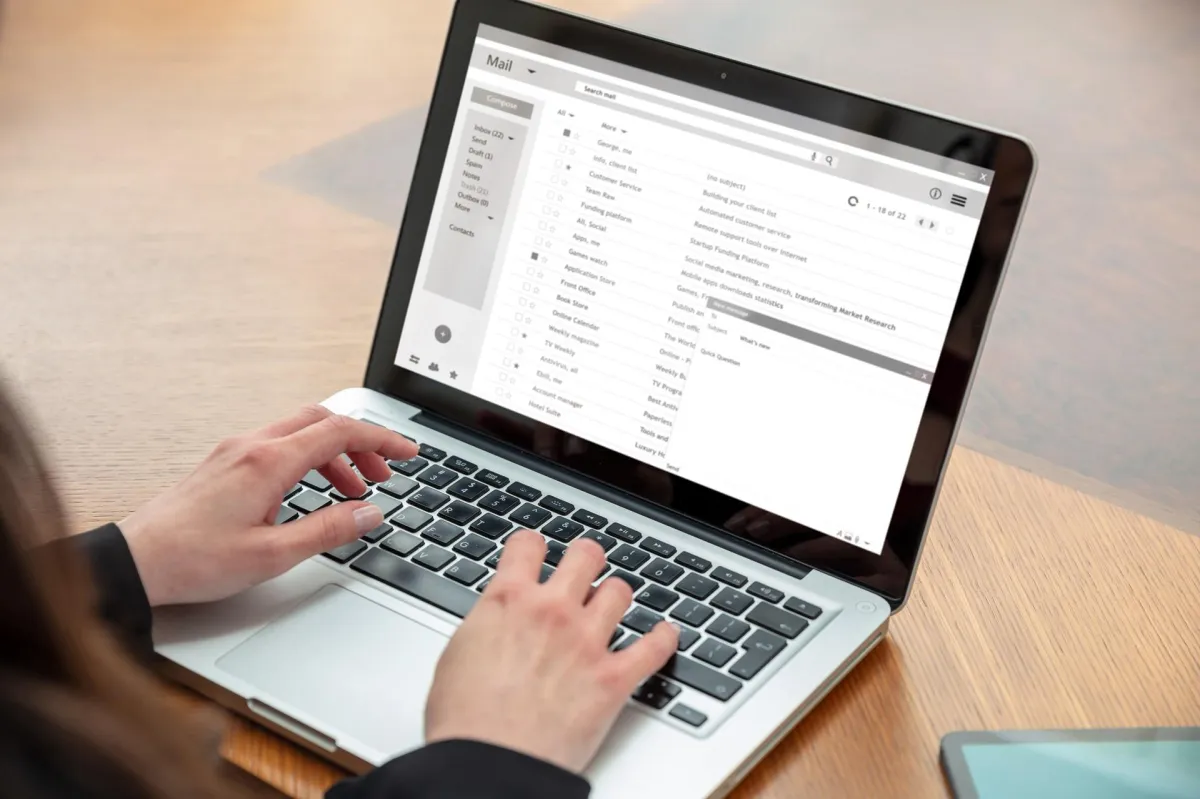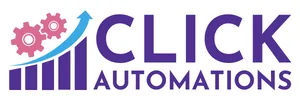BLOG
Where we share modern strategies to attract and retain your ideal clients.

9 Ways To Get Busy People to Respond to Emails
Getting a response from a busy person can feel like an uphill battle. Whether it's a potential client or a business partner, their inboxes are likely flooded with emails every day. To stand out and get a reply, you need to be strategic in your approach.
Your goal is to make it as easy as possible for them to see, read, and respond to your message. This involves crafting compelling subject lines, personalizing your emails, and getting to the point quickly. Busy people don’t have the time to sift through long, complicated emails. They appreciate clarity and brevity.
In this article, we will explore different strategies to increase your chances of getting a response. From writing clear subject lines to using bullet points for clarity, these tips will help you communicate more effectively. By refining your email practices, you can engage with busy people and get the responses you need. Let’s dive in and discover how to make your emails more effective.
Write Clear and Concise Subject Lines
The subject line is the first part of your email that the recipient sees. To get a busy person's attention, your subject line needs to be clear and to the point. Avoid vague or generic phrases that might be easily ignored. Instead, make the subject line specific and relevant to the recipient.
For example, "Meeting Request for Tuesday" is much better than "Let's Chat." The former provides a clear purpose and a time frame, making it more likely to catch their interest. Including action words like "Update," "Request," or "Reminder" can also help convey the urgency or importance of your email.
Another tip is to keep subject lines short. A long subject line can get cut off, especially on mobile devices. Aim for a length of 5-7 words that succinctly describe the email's content. By crafting a clear and concise subject line, you increase your chances of the email getting opened.
Personalize Your Emails
Personalization can significantly increase your chances of getting a response. Using the recipient's name in the email creates a sense of connection and shows that the email is specifically for them. People are more likely to respond when they feel the email has been tailored to them.
Beyond just using their name, referencing specific details related to them or their work can make the email more engaging. For instance, mentioning a recent project they completed or a mutual connection can make your email stand out. This shows that you have done your homework and are genuinely interested in them.
Also, customize the content to fit their needs and preferences. Rather than sending a generic email blast, segment your email list to ensure your message is relevant. Personalizing your emails makes them more appealing and increases the likelihood of eliciting a response.
By following these tips, you create a more compelling email that busy people are more likely to read and respond to.
Get to the Point Quickly
When emailing busy people, every word counts. To increase your chances of getting a response, get to the point quickly. Start your email with a clear and direct opening line that states the purpose of your message. Instead of leading with small talk or general pleasantries, cut straight to why you're reaching out.
Busy individuals appreciate efficiency. Long-winded introductions or explanations can cause them to lose interest and move on to the next email. Make your request or main point within the first few sentences. This helps the reader immediately understand the email's purpose and decide if they need to take action.
Limit the length of your email to one or two short paragraphs. Use simple language and avoid jargon. Clear and direct emails are easier to read and respond to. By getting to the point quickly, you show respect for the recipient's time and increase the likelihood of receiving a prompt reply.
Use Bullet Points and Lists for Clarity
Using bullet points and lists can make your emails much easier to read. Busy people often skim through emails to find the key information quickly. Bullet points and numbered lists help break down complex information into digestible chunks, making it more likely they'll read and respond.
For instance, if you're listing multiple questions, putting them in bullet points can make it easier for the recipient to provide answers. Similarly, if outlining steps or actions, use a numbered list to provide a clear sequence. This visual clarity can help the recipient grasp your points faster and respond more efficiently.
When including a list, keep it concise and to the point. Avoid putting large blocks of text in your emails. Each bullet point should represent a single idea or question. This approach helps busy people process the information quickly, increasing your chances of getting a response.
Conclusion
Getting busy people to respond to emails involves a strategic approach to crafting your message. By writing clear subject lines, personalizing your emails, getting to the point quickly, and using bullet points for clarity, you can significantly increase your chances of getting a reply. These techniques show respect for the recipient's time and make your emails more engaging and effective.
Being concise and clear helps grab attention and encourages prompt responses. Start refining your email practices today to see better results. For expert guidance in improving your email communication, reach out to our team at Click Automations. We’re here to help you engage with your audience effectively. Contact Click Automations now to boost your email marketing in Scottsdale.
Easily Find Your Next Client
Your Business Growth Is Just A Click Away
PROBLEMS WE SOLVE
Grow Your Business
Save Support Staff Time
Build Online Presence
Enhance Online Reputation
Scale Marketing & Get More Leads
SOLUTIONS
Get Leads With Paid Ads
Get Found On Google
Appointment Setting
Get More Google Reviews
Facebook Ads
TV Streaming Ads
Google Ads
Google Integration
Google Business Page Optimization
FREE RESOURCES
Custom Ads Audit
Website Audit
CONTACT US





